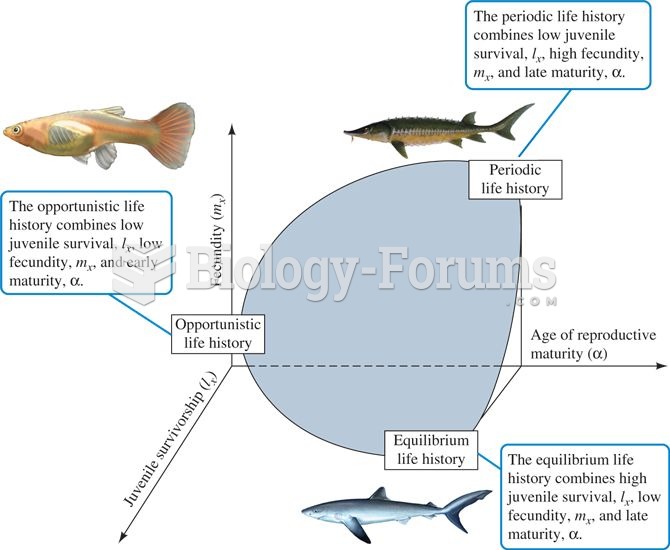Answer to Question 1
D
Feedback
A Two witnesses are required usually when telephone consents are involved. This is not the case in this situation.
B In an emergency, it is not necessary to contact the institutional review board. Doing so would take up valuable time.
C A family member or acquaintance who is able to speak the patient's language should not be used to interpret health care information. An official interpreter must be available to explain the terms of consent (except in an emergency situation).
D In emergency situations, if it is impossible to obtain consent from the patient or an authorized person, the beneficial or life-saving procedure may be undertaken without liability for failure to obtain consent. In such cases, the law assumes that the patient would wish to be given the treatment. This is referred to as the emergency doctrine.
Answer to Question 2
B
Because edema moves to dependent body regions, assessment of the immobilized client should include the sacrum, legs, and feet. Unilateral increases in calf diameter can be an early indication of thrombosis.
The client who has suffered a cerebrovascular accident with left-sided paralysis may not be ca-pable of an even gait.
Having the client hold his or her breath frequently is not an appropriate nursing intervention. To prevent stasis of pulmonary secretions, the client's position should be changed every two hours, and fluids should be increased to 2000 mL, if not contraindicated. The client should deep breathe and cough every one to two hours to promote chest expansion.
Two-point crutch technique would not be appropriate for the client with left-sided paralysis. The client would most likely ambulate safely with a walker or a cane. If crutches are used, the client should use a three-point support.







